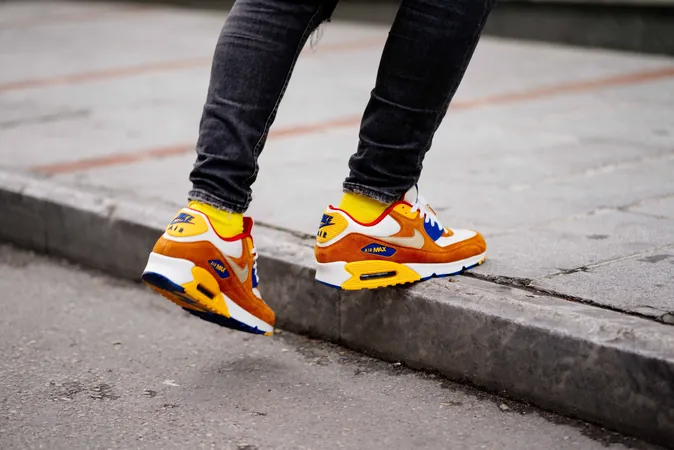
Unlocking the Secrets of Human Creativity: How Bipedalism Shaped Our Musical and Linguistic Abilities
2025-04-10
Author: Nur
Are Our Feet to Blame for Our Musical Gifts?
New research reveals a fascinating connection between humans' ability to walk on two legs and our unique musical and linguistic skills. Physician and researcher Matz Larsson, alongside anthropology expert Dean Falk from Florida State University, argues that our transition to bipedalism has fundamentally transformed not just how we move but how we think and communicate.
The Rhythm of Humanity's Steps
According to Larsson, the rhythmic sounds produced by walking upright create a predictable pattern, distinct from our closest relatives, chimpanzees, who navigate their world on all fours with an irregular gait. This rhythmic movement may have equipped early humans with better tools for survival—where synchronized footsteps allowed for advanced environmental awareness.
Beat from the Beginning: The Womb's Influence
Interestingly, the impact of rhythm begins even before birth. Fetuses experience the soothing effect of their mother's rhythmic footsteps, which activate their senses and foster proprioception. This innate connection provides a backdrop for a world where music and movement go hand in hand—after all, the average walking speed aligns with the tempo of many musical compositions.
The Birth of 'Baby Talk'
As humans transitioned to an upright posture, traditional physical closeness between mothers and their babies diminished. To bridge this gap, adults began using a melodic form of speech known as 'baby talk,' according to Falk's research. This method not only nurtured the emotional bond but also likely kicked off the evolution of music and language.
From Walking to Creativity: A Continuous Cycle
Larsson believes that walking continues to stimulate creativity and thought generation. Reflecting on personal experiences, he shares how walks with his son, Filip, who has Down syndrome, lead to profound exchanges. Filip’s unique rhythmic sensitivity often transcends spoken words, turning their walks into a melody of movements.
Bipedalism: More Than a Means of Travel
This research posits that our ability to walk upright has intimately shaped our creative expression, showcasing the intricate relationship between movement and cognitive development. The next time you find inspiration while walking, remember—it's not just exercise, but a dance of evolution and creativity fueling your thoughts!



 Brasil (PT)
Brasil (PT)
 Canada (EN)
Canada (EN)
 Chile (ES)
Chile (ES)
 Česko (CS)
Česko (CS)
 대한민국 (KO)
대한민국 (KO)
 España (ES)
España (ES)
 France (FR)
France (FR)
 Hong Kong (EN)
Hong Kong (EN)
 Italia (IT)
Italia (IT)
 日本 (JA)
日本 (JA)
 Magyarország (HU)
Magyarország (HU)
 Norge (NO)
Norge (NO)
 Polska (PL)
Polska (PL)
 Schweiz (DE)
Schweiz (DE)
 Singapore (EN)
Singapore (EN)
 Sverige (SV)
Sverige (SV)
 Suomi (FI)
Suomi (FI)
 Türkiye (TR)
Türkiye (TR)
 الإمارات العربية المتحدة (AR)
الإمارات العربية المتحدة (AR)